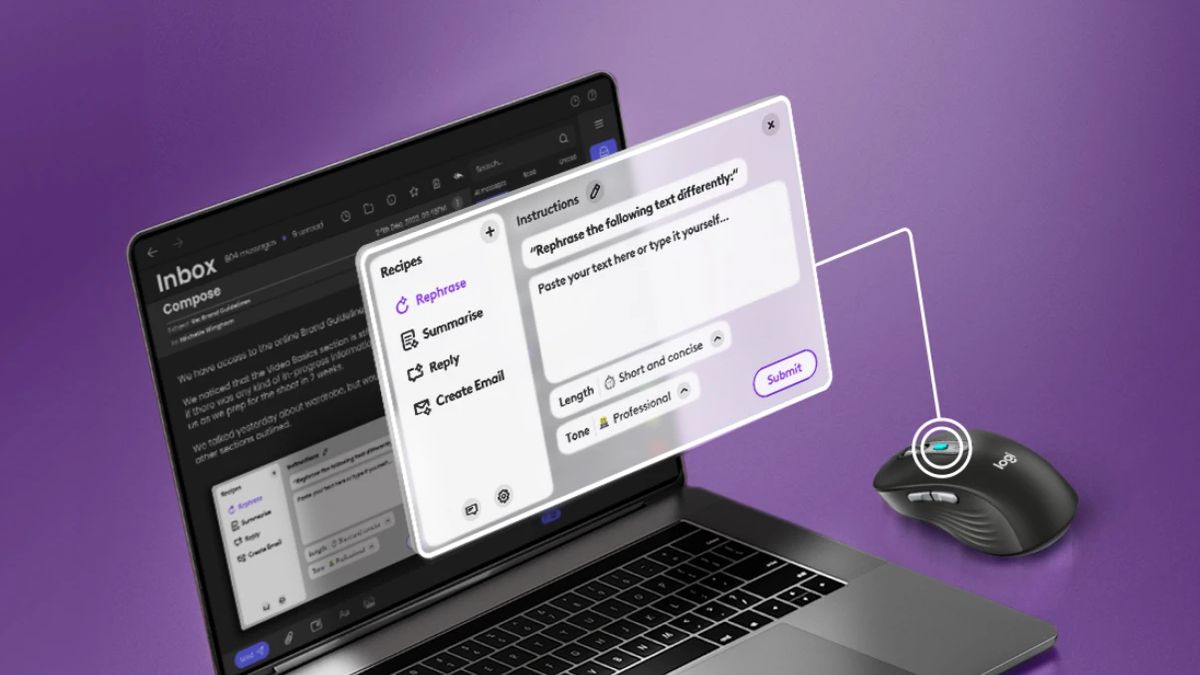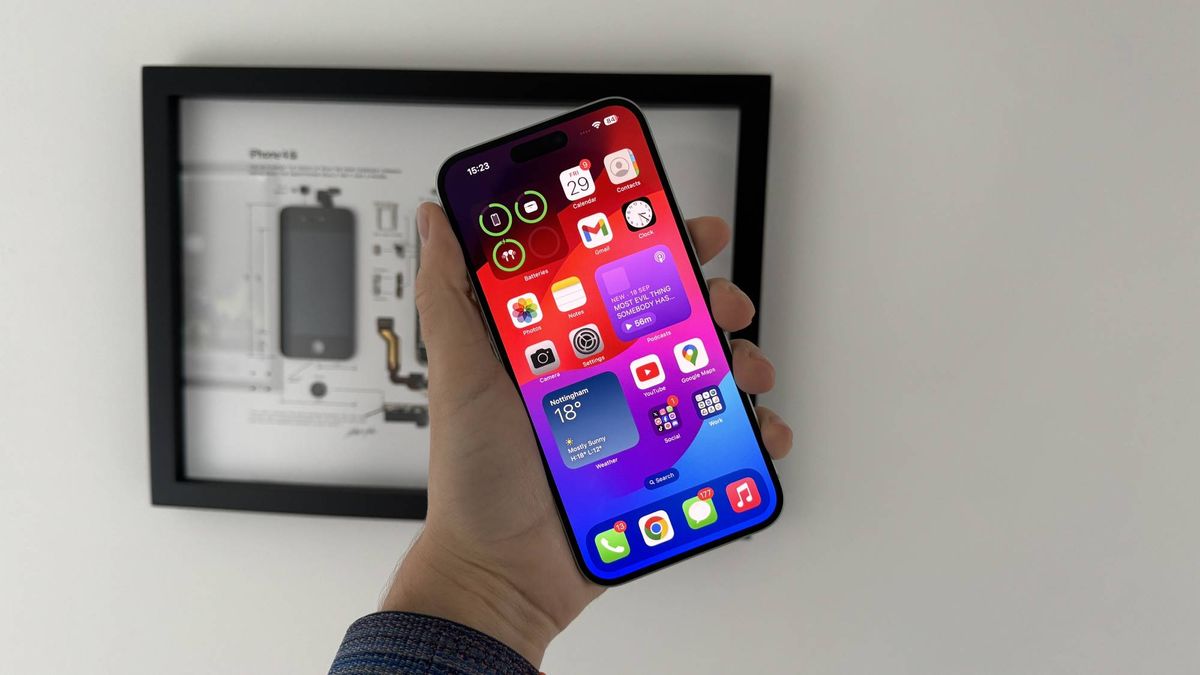

PHOTO:
Marvin Meyer on Unsplash
Technology vendors’ annual conferences are always worth a look for the product announcements. Zoomtopia 2021, put on by San Jose, Calif.-based Zoom, is a case in point. By the end of the week, the company had unloaded and unveiled so many different announcements that it is difficult to outline them all.
However, there are a few notable themes that stand out, and all of them are focused on a workplace that is either entirely remote, or, as seems likely, hybrid in office and remote. Some of the upcoming releases include Zoom Video Engagement Center, Zoom Whiteboard and Zoom Events Conference.
Zoom Events Conference will allow enterprises to create conferences that are close to matching physical events. Scheduled for a fall release, it will allow hosts to organize multi-track and multi-day events in a sophisticated format, with functionality that includes an event lobby, chat, networking, sponsors, surveys, recordings, analytics and other ways of assessing the impact of the event.
The new Video Engagement Center (VEC) will connect experts with customers on video to create engaging experiences where they can build rapport and trust and share expertise in a structured and immersive virtual environment. With industry-specific solutions, VEC will offer cloud-first scalability and a video architecture that enterprises have become used to using over the past 18 months.
Also worth a mention in terms of conferencing is the new Zoom Whiteboard, which will act as a digital canvas, enabling seamless, real-time and asynchronous collaboration as well as the ability to interact with the whiteboard similar to an in-person experience. The idea is to create a more visually engaging and efficient meeting experience.
There is one other announcement of note that is likely to create a stir in the future. Zoom will be teaming up with Facebook’s Horizon Workrooms to bring the physical and virtual world together using Zoom. The goal is to allow users to access their Zoom Whiteboard and Zoom Meetings within the virtual Workrooms environment when this ships next year.
Horizon Workrooms you may recall, is the Facebook app that is available for free as a download on the company’s Oculus Quest 2 virtual reality system. It is a collaboration experience that lets people come together to work in the same virtual room, regardless of physical distance. And it is also the precursor to Facebook’s “metaverse” strategy that was outlined by CEO Mark Zuckerberg recently.
It’s unlikely that Zoom itself has metaverse ambitions, but it clearly has an eye on the remote and virtual workplace. While the remote workplace is a done deal, the virtual workplace is still some time off yet. In the meantime, Zoom is pushing for traction in the digital workplace and looking to confirm its position as an enabler of the remote workplace of the future by building on releases like the ones unveiled this week.
Remote Work May Create Communication, Silo Problems: Microsoft
So how well does the remote and hybrid workplace function? It’s hard to tell at this stage as many companies still haven’t decided whether or even if they will be returning to the physical workplace or not.
However, Microsoft has made a pretty good stab at offering some insights thanks to a study of 61,100 of its own employees. Analyzing “rich data on the emails, calendars, instant messages, video/audio calls and workweek hours,” the Redmond, Wash.- based company looked specifically at the effects of remote work.
The study pointed out that prior to the COVID-19 pandemic no more than 5% of Americans worked from home more than three days per week, whereas it is estimated that by April 2020 as many as 37% of Americans were working from home full time.
The research, which was published in the journal Nature Human Behaviour, produced a mixed bunch of results, some of which will be worrying for companies that have decided to go the remote or hybrid workplace route.
Overall, it found the shift to remote work caused formal business groups and informal communities within Microsoft to become less interconnected and more siloed. In fact, it showed that remote work caused the share of collaboration time employees spent with cross-group connections to drop by about 25% from the pre-pandemic level.
Moving to firm-wide remote work did, however, cause groups to become more interconnected within themselves. The shift to remote work also caused the organizational structure at Microsoft to become less dynamic; Microsoft employees added fewer new collaborators and shed fewer existing ones.
Employees didn’t just change who they worked with, but also how they worked with them. The study indicated that the shift to firm-wide remote work increased unscheduled call hours but decreased total meetings and call hours by 5% of their pre-pandemic level.
This suggests that the increase in meetings many experienced during the pandemic was not due to remote work, but due to the pandemic and related factors. Remote work also increased asynchronous communication, like email and instant messaging.
While there are many conclusions that Microsoft and other companies will have to take on board, overall it indicated that remote work made it harder for employees to acquire and share new information across the network. There’s more in the research, which is published in full here.
Powell Software Brings the Intranet to Teams
Also this week, Seattle-based Powell Software has released Together, a SMB intranet in Microsoft Teams that enables workers and their employers to collaborate in a single simple, intuitive interface. Together pulls the intranet into Teams so that employees can find everything they need on a single platform.
It also effectively tackles the problems created by workplaces where workers are drowning in a multitude of digital tools, which also often leaves IT teams frustrated by having to implement and manage them all. While this can be bad for productivity in large workplaces, for SMBs with limited resources and no dedicated departments such as in-house IT, HR or marketing, this can create information overload and poor productivity.
Together aims to address this challenge by bringing internal communications to life and giving employees access to information that connects them to one another in a hybrid environment.
Because Together comes integrated with Teams, it can be deployed quickly to the entire organization, Powell claims. And because it is accessible from the Microsoft Teams application, a browser or a mobile device, the employer’s hub is always up to date and can be upgraded to another version as needed. In addition, Together leverages Microsoft security.
CIO and CTO Roles Are Converging
Meanwhile, San Francisco-based DevOps process orchestration company Transposit has taken a look at the evolving roles of the chief information officer (CIO) and chief technology officer (CTO), based on a survey of 415 CIOs and CTOs at medium and large enterprises carried out last July.
The findings show these top executive roles have converged at the same time as both positions have taken on significantly increased responsibility for business strategy. In some organizations that have both CIOs and CTOs, these converging roles have led to overlapping responsibilities and potential friction over ownership of functions, processes or tasks.
The findings also show that “rate of innovation” has become a new sought-after competitive advantage when it comes to executing on digital transformation initiatives.
Traditionally, CIOs and CTOs have served different roles in companies with the former focused on traditional IT strategy and management and the latter on developing innovative new technology, external customer-facing IT or custom software development.
However, the research demonstrates that CIO and CTO roles have shifted and converged as a result of this increased focus on digital transformation, compounded by the COVID-19 pandemic.
Most respondents (92%) said their responsibilities changed in the last three years, with over half (56%) reporting their role changed significantly. Both are now graded according to key performance indicators (KPIs) related to managing revenue, with 66% of CIOs and 78% of CTOs saying their position is now directly involved in or leading business strategy. The full findings of the report can be found here.
Skykick Raises $130 Million
Finally this week, Seattle-based cloud automation provider SkyKick has announced $130 million in financing led by Morgan Stanley Investment Management.
According to a statement from the company, SkyKick will use this financing to fuel innovation of its cloud automation platform, Cloud Manager, helping service providers globally move and manage the hundreds of millions of SMBs embracing the cloud. Specifically, the funding will be used to invest in people, operational resources and tools across four areas:
- Product: To extend and deepen the company’s portfolio of cloud migration, management and security/data protection tools.
- Partner Engagement and Sales: New capabilities to work with partners in over 125 countries.
- Customer Support: Improved customer support to help partners get the most out of the platform.
- Marketing: New investments in resources and tools to support marketing teams, improve operations and enable better customer communications.
This latest funding round was the company’s sixth insider-led round, with new participation from Morgan Stanley.






